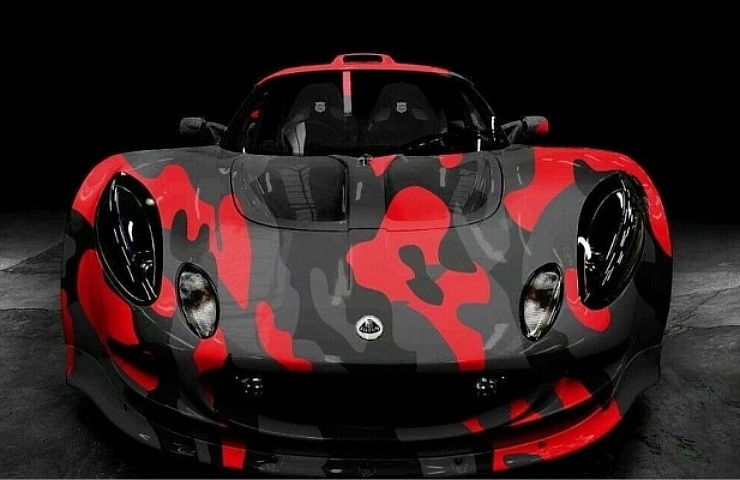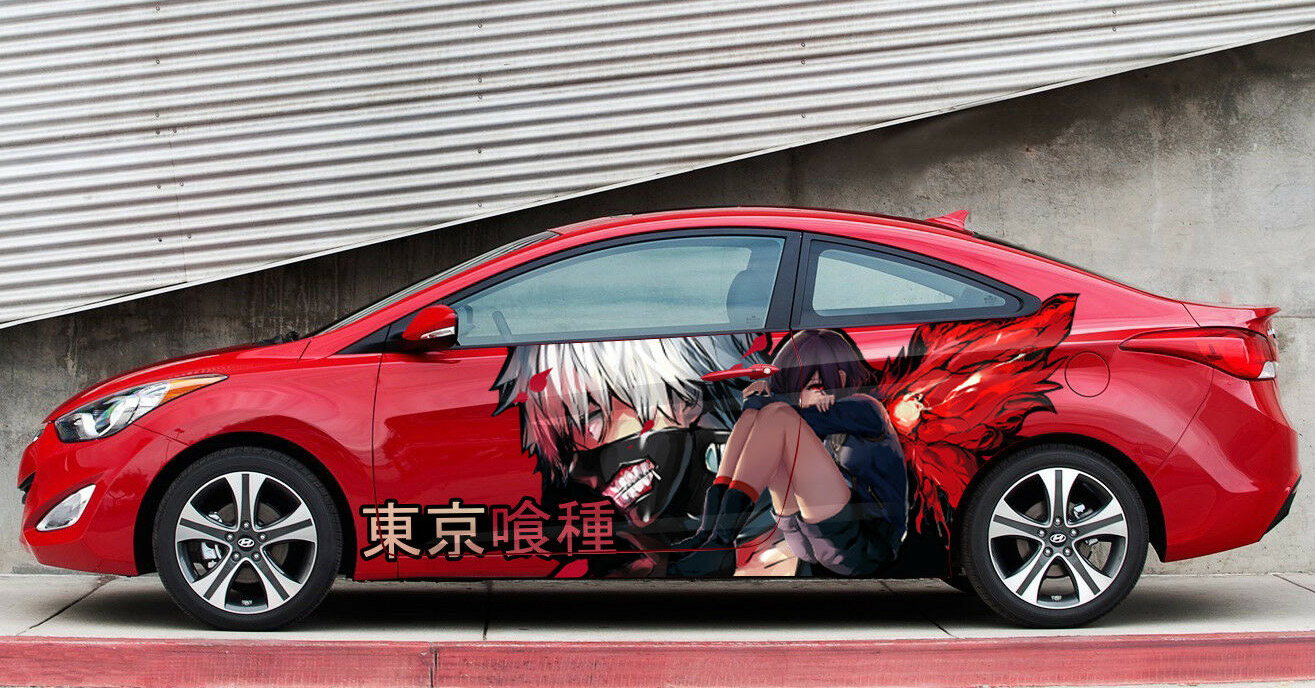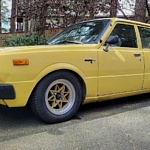Contents
Car wrapping is a vehicle design technique using vinyl to cover part or all of a vehicle’s exterior or interior sections. It’s like a large vinyl decal.
You probably have seen vehicles clearly marked with slick logos and detailed advertising text. That was likely done through car wrapping.
But car enthusiasts can use the technique to add color or custom designs. The wrap can be a single color, almost like a paint job. The finish can be glossy, matte, metallic, or carbon fiber. You can even print elaborate original designs and then apply them to the vehicle with car wrapping.
One of a car wrap’s critical features is that you can remove it. Yet, some glue residue might remain.
Some kinds of vinyl material comes off easier. If that’s a concern, ask the seller how easy it is to remove the wrap later.
Take note:
- Don’t use car wrapping to cover up a bad paint job
- Imperfections will still show and could show more with car wrapping
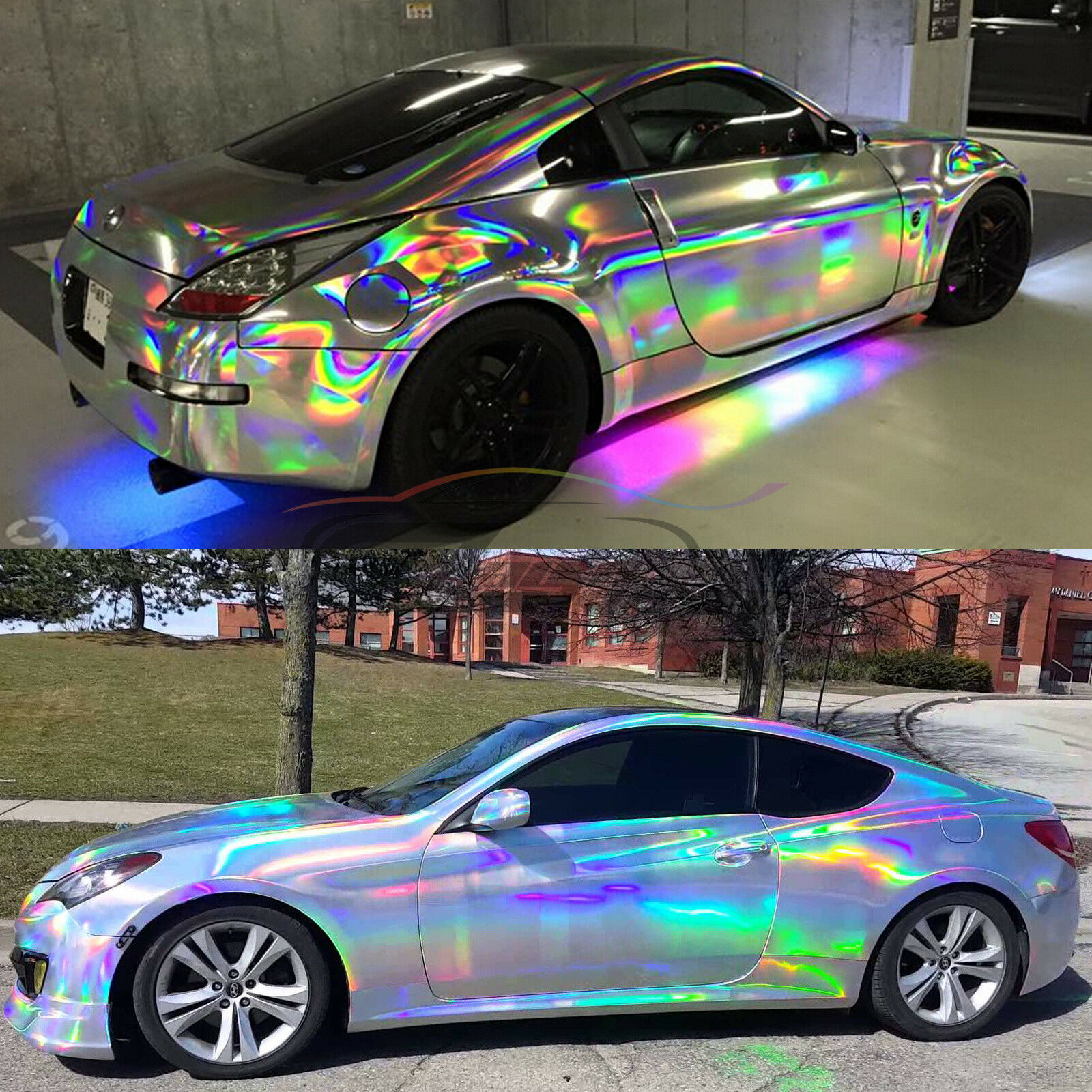
There are so many styles, including color prisms and holographic vinyl.
Wrapping Colors and Designs
eBay vendors provide small rolls of vinyl material in every imaginable color. Tons of patterns and designs—from camo to glossy glitter—are available.
There are also hundreds of stylized car-wrap graphics available on eBay. Check out this Japanese Anime car wrapping:
It’s best to keep the design simple. Detailed designs are hard to install across many body panels. Fancy designs can also raise the price for professional installation.
How Much Do They Cost?
A simple wrap job is usually cheaper than a new paint job. The vinyl material, like for the Anime design above, only costs a few hundred dollars. But a professional wrap for the whole exterior can climb to $3,000. The price rises depending on the material used and the shape and size of the car.
It’s easier and cheaper to wrap vehicles with large, smooth sections. Cars with lighter colors might take more time and money to complete. This is more the case when using darker colors. The material becomes thinner as it stretches. As a result, the car will need extra care to make sure the base color does not show through.
Of course, there is also a wide range of possible costs for a paint job (to compare with car wrapping). But, the cost to re-paint your car can easily go beyond $10,000. A top-notch professional paint shop removes trim, glass, and weather-stripping before painting the car. It then applies the existing and new pieces. That process takes time so it’s not cheap.
Here is the major difference:
- Paint is seen as permanent.
- But a wrap can be removed, replaced, or changed at any time.
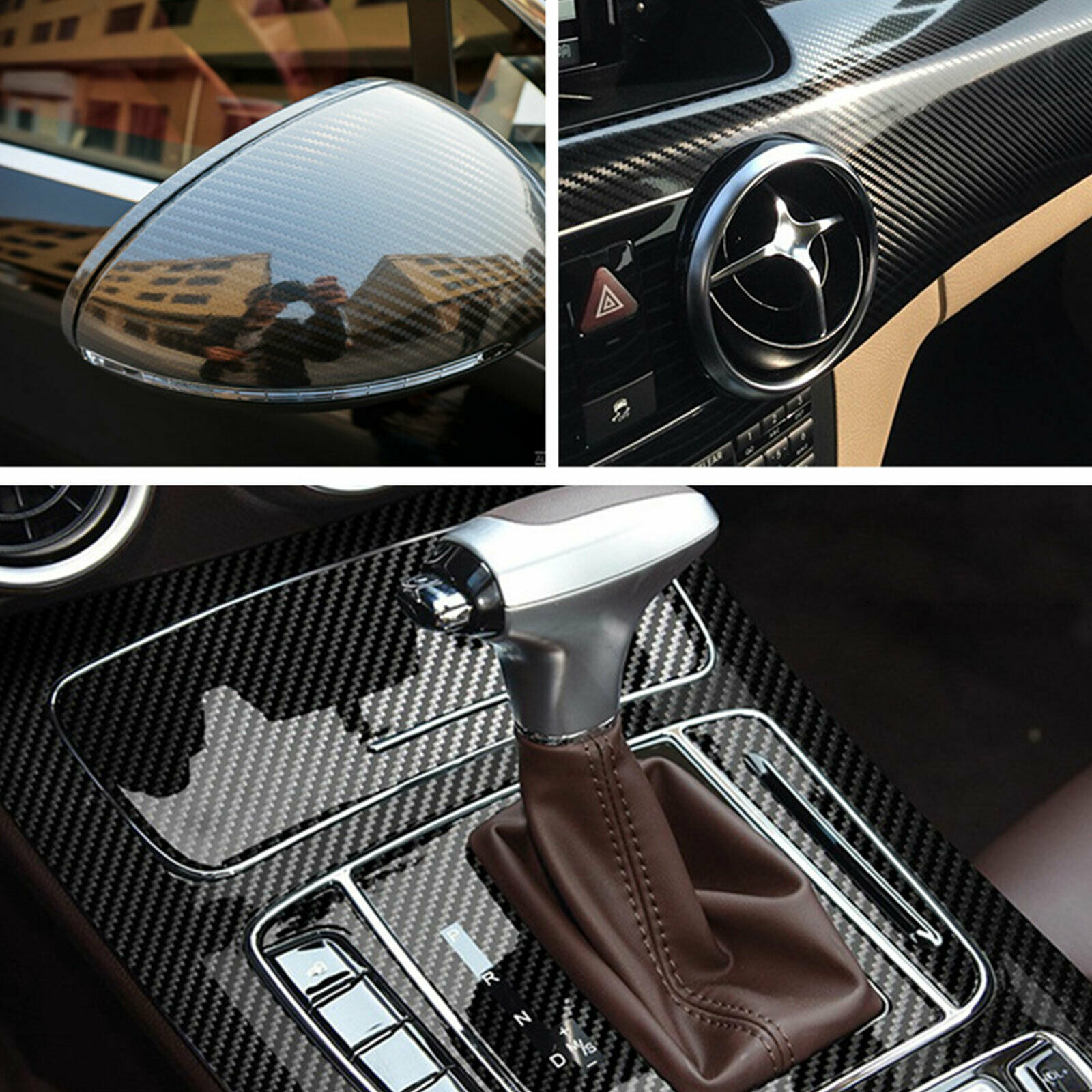
Car wraps can show up in sections on the exterior or interior.
DIY Installation
You can save money with a DIY installation. But it needs skill and testing.
If you want to add a car wrap yourself, try a small piece on a flat section of the vehicle—such as a spoiler or a trunk lid. Or use an interior part, like the glove box or console lid, to practice your car-wrapping skills.
With a few practice runs, you should be able to complete a full car wrap on your own. But keep these warnings in mind:
- If your paint is old, irregular, or flaking, there’s a good chance you will run into problems when applying the wrap and removing it.
- Minor scratches, dents, and creases will often become more noticeable after applying vinyl
- Vinyl won’t stop the progress of rust
How to Install Car Wrapping
The prep work is important. Remove car parts that you don’t want wrapped. You can wrap some of these parts separately.
After washing the car, wipe it down with isopropyl alcohol to remove any residue.
The thin vinyl used in car wrapping is backed with a heat-sensitive glue. The installer cuts a piece that fits exactly to a section of the car. The piece is then placed into position on the intended section or panel.
It will stick to the metal after the installer removes the liner. But they can pull off, shift, and re-apply it.
The technician uses a felt-covered squeegee and other tools to smooth out the piece and remove any wrinkles.
If that looks good, they cut the vinyl edges with a slight margin to wrap around and inside the metal edge. Next, they use a heat gun to heat the vinyl, activating the glue and stretching the vinyl around curves or door-handle recesses. It’s like shrink wrap but thicker and often more colorful.
After you wrap the car panels and other pieces, re-install any parts that you remove. Depending on the car, it can take three to five days to complete a full car wrapping.
6 Tips on Maintaining a Car Wrap
With proper care, high-quality vinyl wrapping can last for five years or longer. Ideally, keep your wrapped car sheltered from the elements in a garage. Here’s our maintenance tips:
- Hand washing or a brushless car wash is the best way to keep the car clean and scratch-free.
- A car wash that uses brushes can scuff up the vinyl over time.
- Avoid using a pressure washer, which could push water under the vinyl at the seams.
- Salt on roads will have only a minor effect.
- Very hot weather should have little to no effect on properly installed car wrapping.
- You can wax a car wrap to prevent contaminates from sticking to the wrap.
Even with proper car, a car wrap can start to show abrasions over time. Minor scratches will become more noticeable. The colors might fade.
Shop car wraps nowOther Ways to Decorate Your Car
Car wrapping is not the only way to decorate your vehicle. Also, see these articles:

